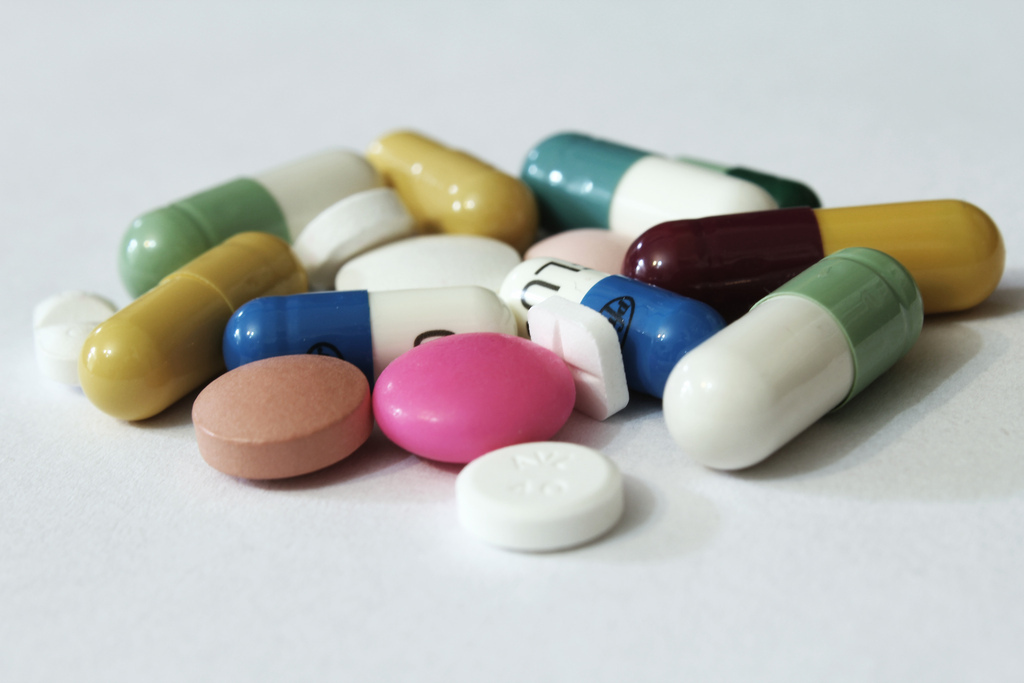 Or, if you prefer, why I keep all my medication, even OTC, in a metal box with a padlock on it. I seriously considered a biometric safe.
Or, if you prefer, why I keep all my medication, even OTC, in a metal box with a padlock on it. I seriously considered a biometric safe.
When I’ve had a sleepless night, or when I’m wearing sandals in 30 degree weather because my pregnant feet are too swollen for my other shoes, I remember what the Wise and Wonderful Betty Gray would have said. “If you aren’t lucky enough to have a family, these things never happen to you.” She said that to me one day when we were talking about one of the ubiquitous trials of motherhood- I don’t remember what it was. It could have been one of my son’s hair raising exploits, or she could have been talking about what a colicky baby my dad was. It doesn’t matter. Her point is relevant in so many situations… “If you aren’t lucky enough to have a family, these things will never happen to you.” Having kids is not a recipe for a quiet, orderly life, for certain.
But that doesn’t mean that any of us want more excitement than is good for us. Which is why, here at the Joy Makin’ Mamas, we blog about things like car seat safety. Because taking the preventive measures available to us keeps the Joy in the Mama.
Today I’d like to open our Words of Wisdom series with a few words from experience about medication safety. I cannot say this emphatically enough: There is not a shelf high enough to make your medications safe. There is not a “child proof” lid that will keep your kid from opening the medicines. The same goes for toxic cleansers. Lock them up. Unless you want to have a day like this one, don’t just put it on your to do list, DO IT.
The other way children are accidentally poisoned is when two caregivers accidentally duplicate a dose of medication. Please bookmark or print the medication dosage charts for kids (a good example is here) or make your own, and keep it posted prominently when your child is on medication. (Also put a copy where meds are stored. It’s worth including a picture of the correct bottle if you are making your own… you never know how closely someone else is reading the labels.) If your child has daily meds, consider adding a spot on their daily routine chart where the caregiver who has administered it marks it off as “done.”
Image credit e-Magine Art via Flickr Creative Commons attribution license

